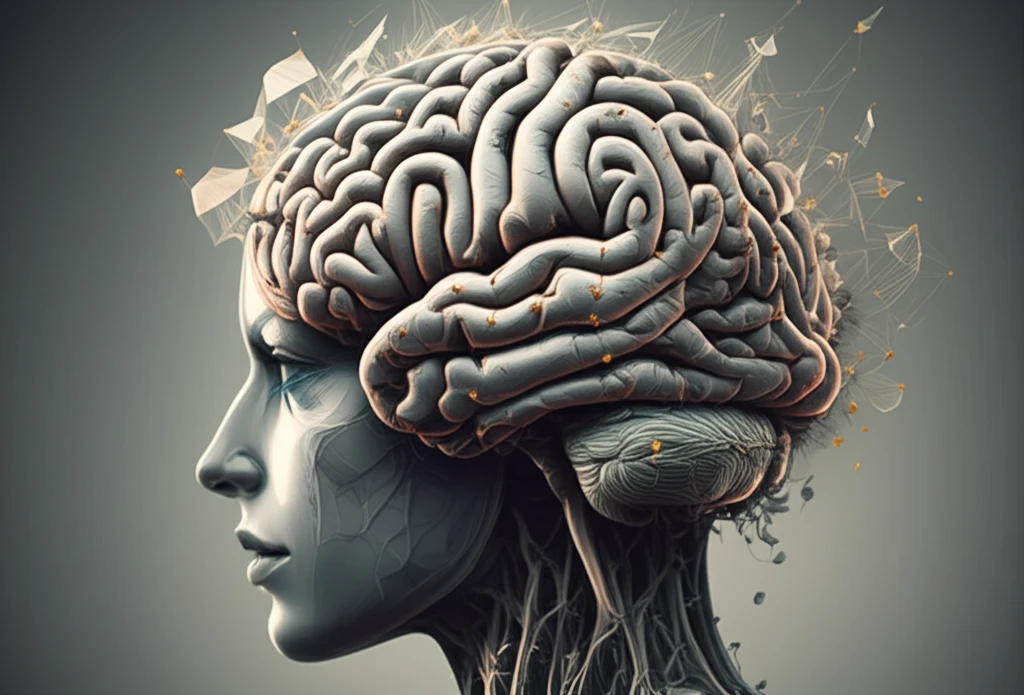
Unlocking the Mind: How Face-Name Memory Reveals the Secrets of Brain Function
"Decoding the Neuroscience of Recognition and Recall"
Have you ever struggled to remember someone's name, even though their face seems familiar? This common experience highlights the complexity of face-name memory (FNM), a cognitive function that seamlessly links visual and verbal information. Understanding how our brains achieve this remarkable feat is a central question in neuroscience.
A recent study published in the International Journal of Psychophysiology delves into the neural underpinnings of FNM using functional magnetic resonance imaging (fMRI). By examining brain activity patterns during a face-name association task, researchers are beginning to unravel the intricate network of brain regions involved in this critical aspect of social cognition.
This article will break down the key findings of this research and explore the broader implications for our understanding of memory, cognition, and potential interventions for memory-related disorders. We'll uncover the specific brain regions that light up when we try to recall a name, and discuss how this knowledge could lead to innovative strategies for improving memory and recall.
The Brain's Face-Name Network: Key Regions at Work

The study employed fMRI to observe brain activity in participants as they attempted to recall the names of famous movie stars upon seeing their faces. The results revealed a network of interconnected brain regions working in concert to accomplish this task.
- Occipital Poles (L&R): These areas are primarily involved in visual perception, processing the visual information of the faces.
- Fusiform Gyri (L&R): Critical for face recognition, these regions help us identify and differentiate between individual faces.
- Medial Supplementary Motor Cortex: This area is associated with motor responses, likely involved in the act of pressing buttons to indicate recognition.
- Putamen: Part of the basal ganglia, the putamen is involved in motor control and learning, potentially contributing to the motor response aspect of the task.
- Precentral Gyri: Also related to motor function, this region further supports the motor response component.
- Anterior Insula (L&R): This region is believed to play a role in recognition memory, helping us to access and retrieve stored information.
- Right Temporal Pole: Essential for name storage and semantic memory, this area holds the names associated with the faces.
- Middle Frontal Gyri: These regions are thought to mediate the association between a face and its corresponding name.
Future Directions: Implications for Memory Enhancement
Understanding the neural mechanisms of face-name memory opens doors to potential interventions for individuals struggling with memory difficulties. By identifying the specific brain regions involved, researchers can develop targeted strategies to enhance memory function. For example, cognitive training exercises or non-invasive brain stimulation techniques could be used to strengthen the connections within the FNM network. Future research could also explore the impact of aging, neurological disorders, and other factors on face-name memory, leading to more personalized and effective interventions. As we continue to unravel the mysteries of the brain, we move closer to unlocking the full potential of human memory.
